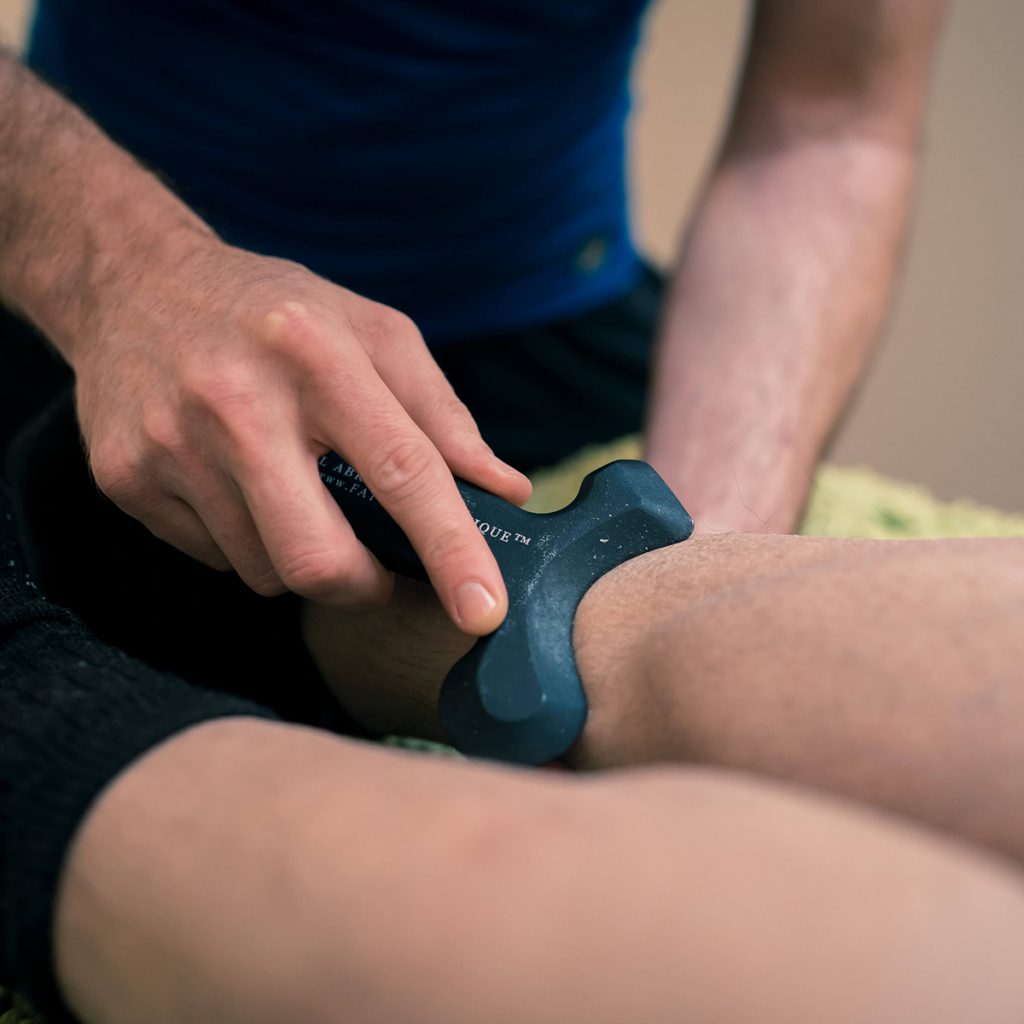Pain in the knees from running
Posted on January 27, 2021 by Michael Boettcher
Many of our customers complain about knee pain while running. They often describe the pain as dull around the knee joint or as a twinge at the kneecap. Most often, the pain occurs during running or immediately following exercise. Clients often try stretching exercises or using a fascia roller to loosen the surrounding muscles and get rid of the pain that way. Unfortunately, the pain can be persistent and, in the worst cases, force them to take a longer break.
Causes of knee pain
The most common reason for knee pain is overuse of the lower leg extensor muscle quadriceps. If the muscle is used too frequently, so-called trigger points develop. These are small nodules in the muscle that have poor blood supply and cause a characteristic pain pattern. If there is overuse of the quadriceps, the pain tends to feel dull and is located around the knee. If the fascia is stuck or tight, the pain tends to be located on the sides of the knee or just below the kneecap (patellar tendinitis). In both varieties, the pain occurs during and after running.Our holistic approach
Our strategy for this situation is first to lower the tension in the muscles by dry needling and massage. This is done by working on the fascia with a special tool to loosen it up and release any adhesions. With special tests we can determine if the connection between the nerve and the muscle is working properly. If this connection is inactive, the muscle will be overloaded or misloaded again and the discomfort will return even after the therapy is finished.Functional Movement Screen
Once we have the local discomfort under control, we do a Functional Movement Screen and look at the patient’s overall movement amplitude. This gives us the opportunity to identify and target further faulty movement patterns. Through corrective exercises at home, discomfort and thus pain can be prevented in the future. Yours Michael Boettcher